Can Quail Eggs Be Transformed into Salted Eggs? A Comprehensive Exploration of Curing Techniques and Culinary Possibilities*
Salted eggs, a culinary delicacy enjoyed across Asia and beyond, have long been associated with duck or chicken eggs. Their briny, savory yolks and firm whites are prized in dishes ranging from congee to mooncakes. Yet, as culinary curiosity expands, so do questions about adapting traditional recipes to unconventional ingredients. One such inquiry gaining traction is: Can quail eggs be腌咸蛋 (salted) successfully?* This article delves into the science, techniques, and cultural contexts surrounding the curing of quail eggs, examining whether their diminutive size and unique composition allow them to undergo the same transformation as their larger avian counterparts.
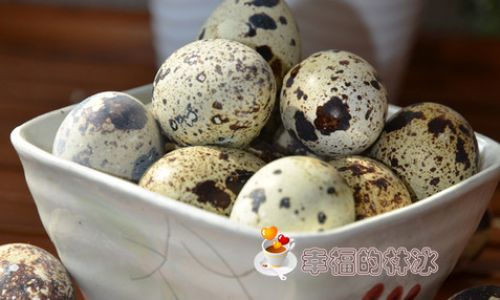
The Science of Salt Curing
To understand whether quail eggs can be salted, one must first grasp the fundamentals of osmosis and preservation. Salt curing relies on the principle of diffusion, where salt (sodium chloride) penetrates the eggshell and membrane, drawing moisture out of the egg and creating an inhospitable environment for bacteria. This process denatures proteins, alters textures, and concentrates flavors, resulting in the characteristic firm yolk and gelatinous white of a salted egg.
Traditionally, duck eggs are favored for salted egg production due to their thick shells and high fat content, which contributes to a creamy, rich yolk. Chicken eggs, while thinner-shelled, are also commonly used. Quail eggs, however, present a distinct set of characteristics:
- Size and Shell Thickness: Quail eggs are roughly one-fifth the size of chicken eggs, with shells that are thinner but more porous. This porosity could theoretically accelerate salt absorption but may also increase the risk of over-salting or spoilage.
- Yolk-to-White Ratio: Quail eggs have a higher yolk-to-white ratio compared to chicken eggs. This could influence the curing process, as yolks contain more fat and moisture, potentially affecting the rate of salt penetration.
- Flavor Profile: Quail egg yolks are richer and more flavorful than chicken egg yolks, with a subtle gaminess. Curing might amplify or mellow these traits, depending on the method.
Historical and Cultural Context
The practice of salt-curing eggs dates back centuries, with roots in China, Japan, Southeast Asia, and Europe. In China, salted duck eggs (yan xian dan) are a symbol of prosperity and are often consumed during festivals. In Japan, shiozuke tamago (salted eggs) are a niche but cherished item, while in the Philippines, itlog na maalat are a breakfast staple.
Historically, quail eggs were less commonly used for salt curing due to their small size and the labor-intensive nature of processing large quantities. However, modern culinary experimentation and the growing popularity of quail eggs in gourmet cooking have reignited interest in their potential for preservation.
The Curing Process: Adapting Techniques for Quail Eggs
Curing quail eggs requires adjustments to traditional methods to account for their size and shell properties. Below is a step-by-step guide to salt-curing quail eggs, along with critical considerations:
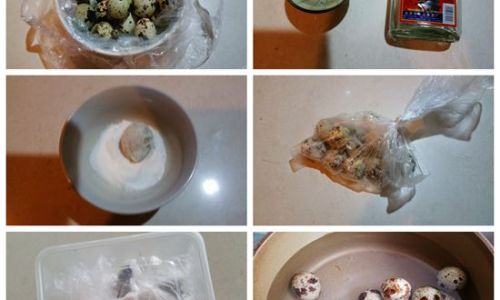
Egg Selection and Preparation
- Freshness: Use fresh, uncracked quail eggs. Older eggs may have compromised shells, increasing spoilage risk.
- Cleaning: Gently wipe eggs with a dry cloth to remove debris. Avoid washing, as moisture can introduce bacteria.
Brine Preparation
The brine ratio is crucial. A standard brine for chicken eggs uses 1 part salt to 3 parts water by weight, but quail eggs may require a weaker solution due to their smaller size and thinner shells.
- Recommended Brine: 150–200 grams of non-iodized salt per liter of water. Iodized salt can impart a bitter taste.
- Optional Additives: Star anise, Sichuan pepper, cinnamon, or bay leaves can infuse the eggs with aromatic flavors.
Curing Methods
- Brine Immersion: Submerge eggs in brine, ensuring they are fully covered. Use a weighted plate to keep them submerged.
- Clay Coating: A traditional method involves coating eggs in a mixture of salt, clay, and ash. This method is less common for quail eggs due to their size but can be adapted.
Curing Time and Temperature
- Time: Quail eggs cure faster than chicken eggs. Test batches after 7–10 days, as over-curing can result in overly salty eggs.
- Temperature: Store at 15–20°C (59–68°F). Avoid direct sunlight or fluctuating temperatures, which can cause spoilage.
Testing for Doneness
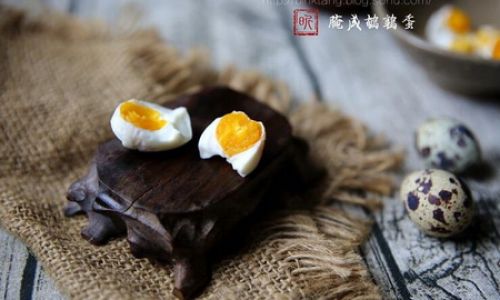
- Float Test: Gently place an egg in water. A cured egg will float due to air pocket expansion.
- Yolk Check: Crack an egg and observe the yolk. A properly cured yolk should be firm and orange-red, with a slightly grainy texture.
Post-Curing Storage
- Remove eggs from brine, rinse gently, and pat dry. Store in a cool, dry place or refrigerate for up to 3 months.
Challenges and Solutions
Curing quail eggs is not without hurdles. Common issues include:
- Over-Salting: Due to their thin shells, quail eggs absorb salt rapidly. Mitigate this by using a weaker brine or shorter curing times.
- Spoilage: Small cracks in the shell can lead to bacterial growth. Inspect eggs carefully before curing.
- Inconsistent Curing: Variations in egg size and shell thickness can result in uneven salting. Rotate eggs daily in the brine to promote even curing.
Culinary Applications
Salted quail eggs offer a unique twist to traditional dishes. Their petite size and intense flavor make them ideal for:
- Appetizers: Serve halved salted quail eggs with pickled vegetables or as a garnish for salads.
- Rice Dishes: Incorporate into congee or fried rice for a burst of umami.
- Baking: Use finely chopped salted quail egg yolks in pastries or as a filling for mooncakes.
- Cocktails: Float a salted quail egg in a Bloody Mary or use the yolk to rim a glass.
Nutritional Considerations
Quail eggs are nutrient-dense, packed with protein, vitamins B12 and D, and selenium. Salt-curing increases sodium content, so moderation is advised, particularly for those with hypertension. However, the small size of quail eggs allows for portion control—one salted quail egg contains approximately 50–70 milligrams of sodium, compared to 180–200 milligrams in a salted chicken egg.
Comparative Analysis: Quail Eggs vs. Chicken Eggs
| Characteristic | Quail Eggs | Chicken Eggs |
|————————–|—————————–|——————————-|
| Size | 9–12 grams per egg | 50–60 grams per egg |
| Shell Thickness | Thinner, more porous | Thicker, less porous |
| Curing Time | 7–14 days | 3–4 weeks |
| Flavor Intensity | Richer, gamier yolk | Milder, buttery yolk |
| Sodium Absorption | Faster due to porosity | Slower due to thicker shell |
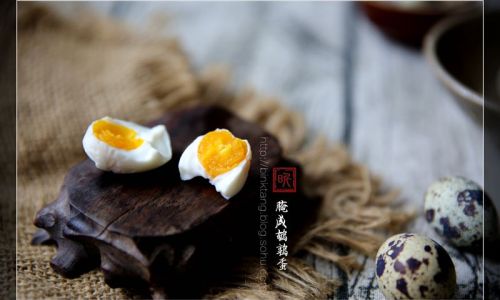
Advanced Techniques and Innovations
Culinary innovators are experimenting with modern twists on salted quail eggs:
- Infused Brines: Adding ingredients like smoked paprika, black garlic, or truffle salt to the brine elevates flavor complexity.
- Quick Curing: Using vacuum-sealed bags with a higher salt concentration can reduce curing time to 3–5 days.
- Fermentation: Combining salt curing with fermentation using koji rice or miso paste introduces umami depth.
Environmental and Ethical Considerations
Quail farming has a lower environmental impact than poultry farming due to quails’ smaller size and shorter lifespan. However, ethical concerns regarding housing conditions and egg collection practices persist. Opting for free-range or certified humane quail eggs ensures ethical sourcing.
Conclusion
In conclusion, quail eggs can indeed be salted, offering a delightful alternative to traditional salted eggs. Their small size, rich flavor, and unique texture present both opportunities and challenges in the curing process. By adjusting brine strength, curing time, and monitoring doneness carefully, home cooks and chefs alike can achieve exceptional results. Whether enjoyed as a standalone snack, incorporated into gourmet dishes, or used as a creative ingredient, salted quail eggs represent a fusion of tradition and innovation—a testament to the endless possibilities of culinary exploration.
As the world of food continues to evolve, the humble quail egg stands poised to redefine expectations, proving that even the smallest ingredients can make a bold statement. So, the next time you ponder whether quail eggs can be腌咸蛋, remember: with patience, precision, and a touch of adventure, the answer is a resounding yes.
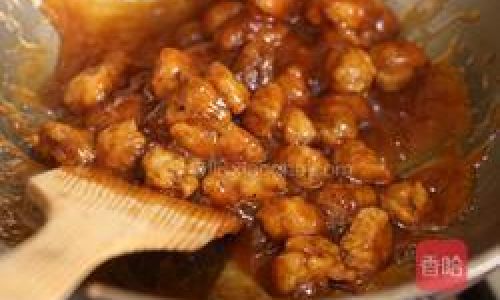
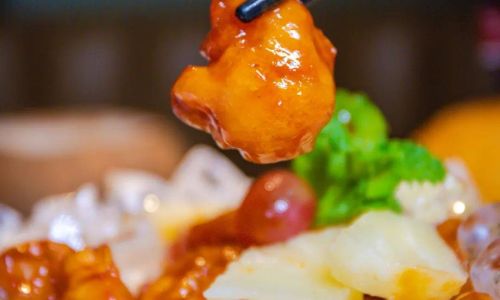
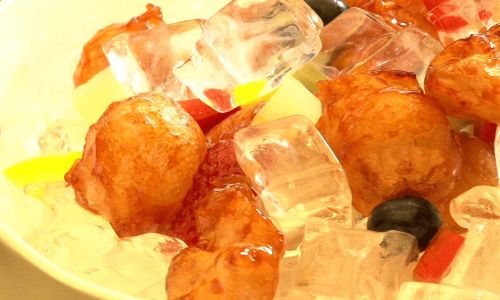
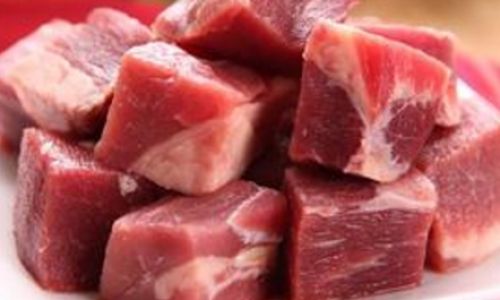
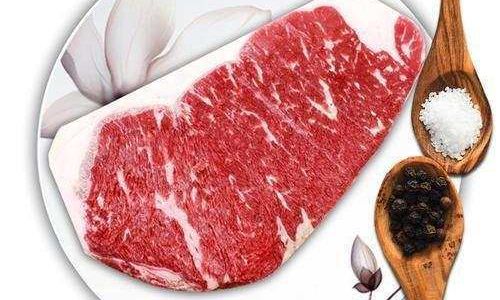
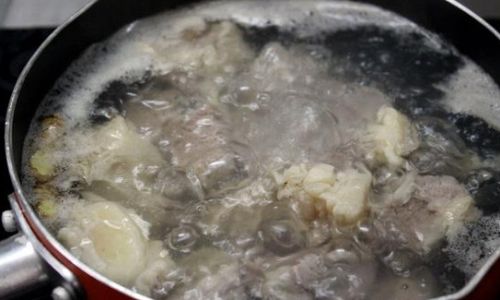
0 comments